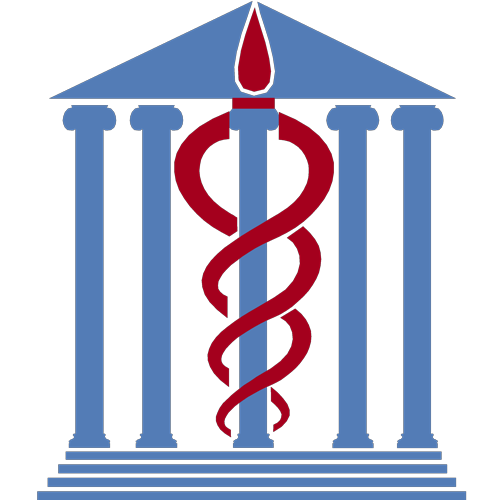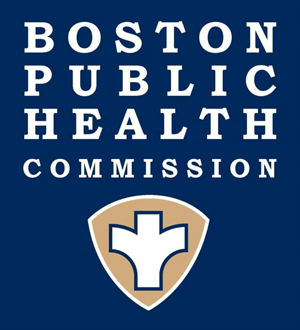Public Resources
Public Resources
Functional Roles
Most public and many private agencies utilize the Incident Command System to manage large-scale incidents. There are also specific roles that are filled depending on the incident. For example, a hazardous material release may require specialists that would not otherwise be needed for a hostage situation.
Mass Casualty Management is no different. Although the basic ICS roles such as Incident Commander, Operations Officer, and Safety Officer would be identified and filled, there are roles specific to the functions that take place in each of the Operation Areas listed above. Typical roles are listed below in the order in which they may be activated.

Triage Teams: These teams are deployed in an organized pattern and perform initial patient triage, which may include some basic patient care. They would proceed to the IOA and apply Triage Tags to victims. They must always consider scene safety and if they are not equipped or trained to operate in the environment they encounter, they should evacuate.
Collection Teams: These teams are responsible for gathering victims and carrying or escorting them to the appropriate Treatment Area(s). They group patients to maximize transportation efforts and consider alternate transportation methods that may be necessary, such as a bus. These teams would ideally move the most seriously injured (Red Tag) victims first, then proceed to the Yellow and Green Tags. The last to leave the IOA would be Black Tag victims.
Treatment Teams: Depending on the scale of the incident, there may be one Treatment Officer, or one for each Treatment Area: Red, Yellow and Green. The Treatment Officers would ensure patients have been correctly triaged and are continually re-assessed as well. They would have teams identified by the area in which they work as necessary. For example, Yellow Treatment Staff would report to the Yellow Treatment Officer. As the title suggests, Treatment Officers and Staff would apply any necessary treatments and would also prioritize patients for transport.
It is a general rule that in mass casualty situations, advanced life support measures would not be taken. This is because many ALS procedures are time consuming and require 2 paramedics. Also, typically once an ALS procedure has been performed, the patient cannot be left unattended. Lastly, there can be no guarantee that an ALS ambulance will be available for transport. These guidelines may also apply to certain BLS treatments such as spinal immobilization. An unattended patient lashed to a long board for example, may vomit and be unable to maintain their airway.
These are not hard and fast rules, but guidelines. Treatment Officers may approve certain procedures if resources and staffing is available.
Loading Officer: This Officer works closely with the Treatment Officers to group patients for transport. This can be very challenging as not all priority patients can be grouped together. For example, two Red Tag patients may be beyond the ability of one EMT to care for in the back of a moving ambulance. Another consideration is that it may be beyond the scope of a hospital emergency department to handle two Red Tag patients simultaneously.
Transport Officer: This role is sometimes combined with the Loading Officer. Transport Officers communicate with dispatchers or hospitals directly to ensure there is an even distribution of patients transported to receiving facilities. They also must match hospital capabilities to the patient’s needs such as Obstetric Care, Pediatric Services, Burn Care, etc. The Loading and Transport Officer roles require a great deal of coordination and communication, whenever possible they should be assigned assistants.
Transport Units: Patients may be transported by ambulances which come in two types: Advanced Life Support and Basic Life Support. Patients may also be transported in specialty mass casualty vehicles, by air, or by non-traditional methods such as buses or other high occupancy vehicles. During a mass casualty incident, one of the most difficult challenges is pairing the patient or patients with the most appropriate sources of transportation available. One of the reasons Advanced Life Support measures are usually not administered in a mass casualty incident is so that vehicles, regardless of their designation, and staff, regardless of their level of training, will be able to transport any patient at any time.
Buses for example, are typically reserved for Green Tag patients. When utilizing alternative, high-occupancy vehicles for low priority patients, a medical representative should be on board so as to better coordinate off-loading and communication at the receiving facility.
« Previous | Topic Home | Next »

